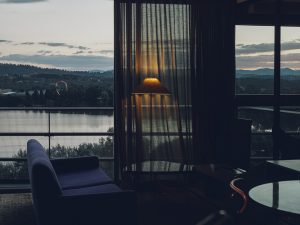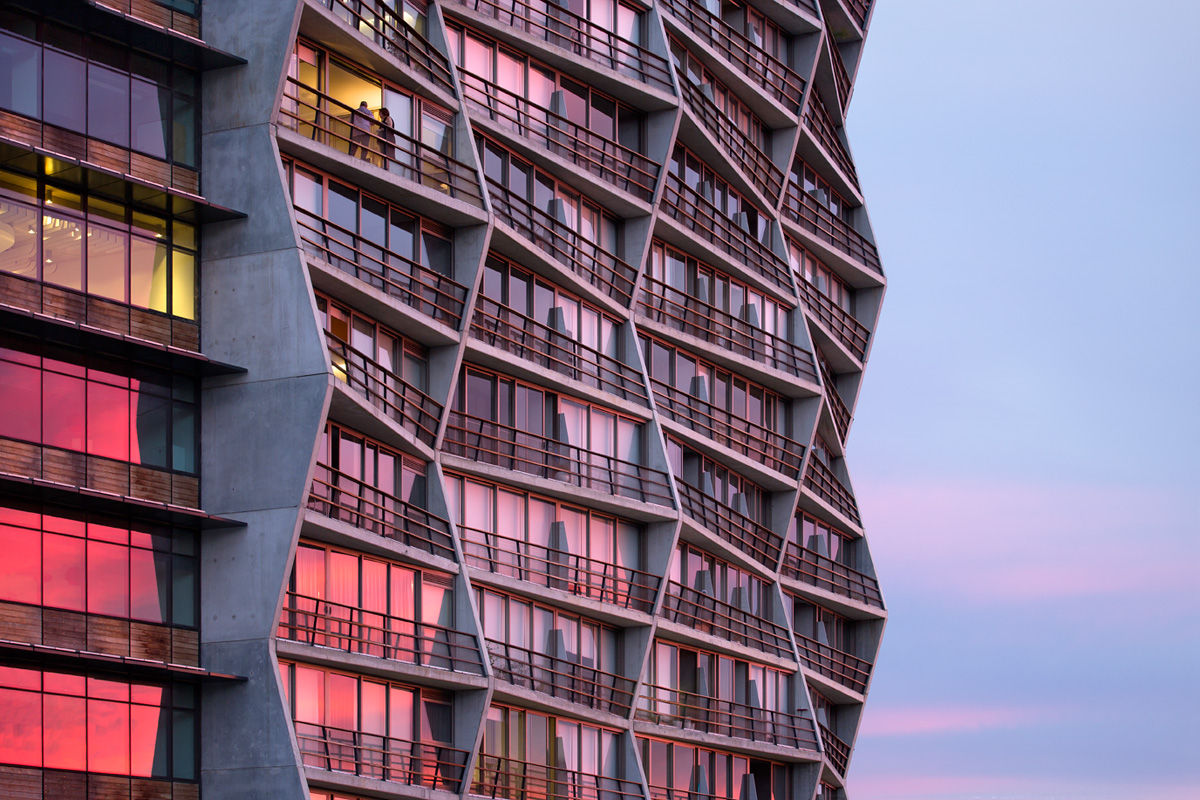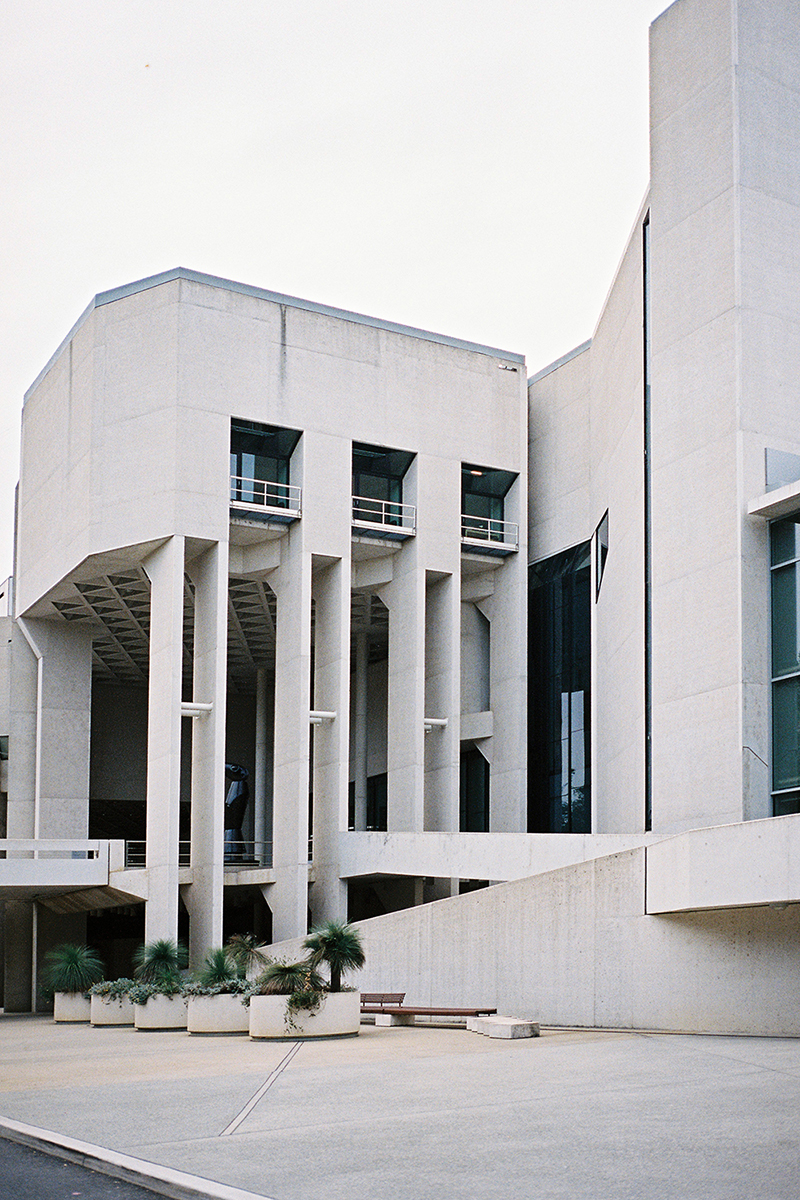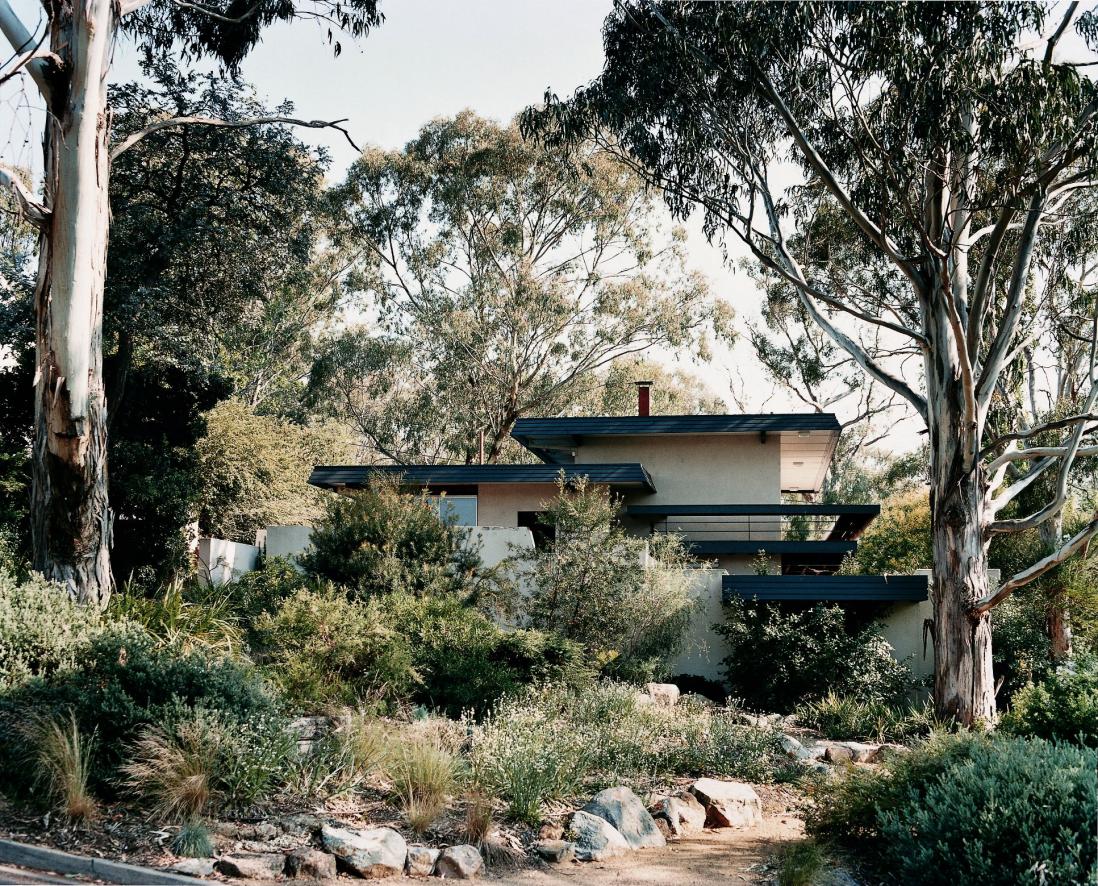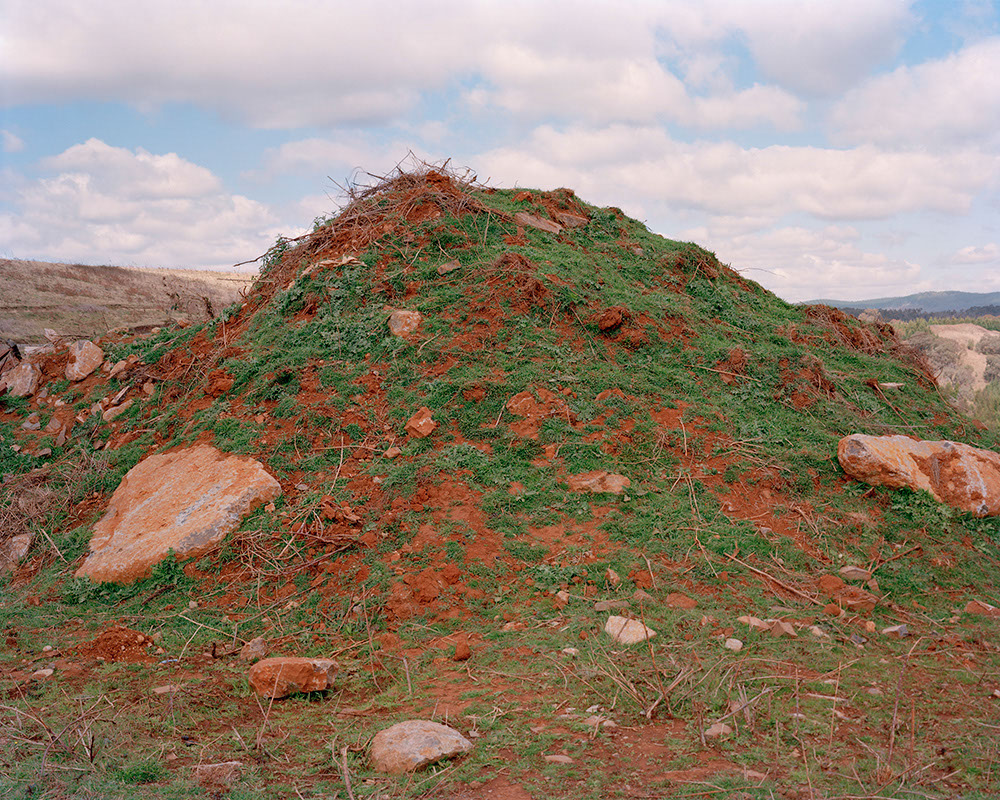Same Same Different
When we asked Italian architect Gianmatteo Romegialli to tell us the history of his friendship with (Italian born and now) Canberra based architect Enrico Taglietti he wrote us a letter.
It’s an introduction to the pair, their mutual passion for, though at times disparate approaches to, architecture. It’s also a reminder that, on all matters, not only architecture, when we start from a place of friendship and love, disagreements help us grow.
On Sunday 15 January Gianmatteo and Enrico will be talking about freedom and constraints, architectural history, heritage and inheritance, breaking orthodoxies, structure, landscape, context and culture, and the beauty and poetry of the built space… And they are letting us listen in.
‘Same Same Different‘, Sunday 15 January at 3PM at the Monster’s Salon and Dining rooms at Hotel Hotel.
Dear Dan,
Like you requested I will try in my “very bad english” to tell you the long story of my friendship with Enrico…
I am an architect, I grew up in a family of architects (father, mother, sister, wife).
During my years at Milan Politecnico, in the 80’s, I was attracted to the architectural magazines that had always circulated at home…. In those years there began to appear some of Glenn Murcutt’s first projects. At this time I did not know anything of Australia but I was attracted by countries with large open spaces and great wilderness. So when I saw for the first time Murcutt’s projects I was absolutely fascinated. Those small and delicate houses that confronted such a wonderful nature were for me an absolute novelty. From that time began my desire to go and visit the Australian continent at my first chance. I was lucky!
In 1988 I received my degree from the Politecnico in Milano and I started to collaborate with Sergio Crotti my thesis professor. As often happens in such circumstances, I was working late at night some years later, with other young colleagues in Crotti’s studio for an architectural competition and talking with them I expressed my strong desire to visit Australia and its contemporary architecture.
The colleague and friend sitting next to me, Massimo Tadi, told me:
“Gianmatteo, if you want to visit Australia I’ll be happy to go with you. It has been many years that I have the desire to visit my dear uncle Enrico who lives in Canberra. He is an architect and he has made and is making projects for some of the most interesting Australian buildings…”
This seemed to me a great fortune and coincidence, and so we organized our first Australian trip for August 1995.
Our desire was to meet Massimo’s uncle, Enrico, and his family, and organize an interview hopefully to be published in an Italian architectural magazines. Last but not least we wanted to make a long trip through Australia in search of interesting architecture.
When we arrived in Canberra Enrico won our hearts with his architectural ideas, building projects, his kindness and unique personality.
Enrico with his knowledge and contacts indicated Australian architects who we should try to meet during our trip. So we set off by car to discover Australia and its architecture…
It was a wonderful and unforgettable trip of three months. We travelled through Melbourne, Adelaide, Alice Springs, Uluru, Darwin, Tennant Creek, Mount Isa, Cairns, and Sydney, all by car…
This trip was my first contact with Australian architecture… We saw wonderful projects by Harry Seidler, Colin Madigan, Robin Boyd and so on… When we arrived in Darwin we were lucky to be able to visit the Troppo Architects studio. And the Bowali Visitor Centre in Kakadu National Park designed by Troppo and Glenn Murcutt…
When we returned to Canberra Enrico had prepared for us a real big gift. He had phoned Glenn Murcutt saying that there were two young Italian architects in Australia that dreamed of interviewing him, and he accepted.
So that was that, thanks to Enrico, we were to meet Glenn.
It was a memorable meeting in a pub in Sydney, where for more than an hour Murcutt told us of his projects, of his ideas about architecture, whilst drawing on the pub napkins …
My friendship with Enrico began with this “1995 unforgettable trip”.
A couple of years later, in 1997, Enrico invited Massimo and I to join him in working on the competition for the Kingston Foreshore. I spent two months in Canberra working on the project and competition draft.
During our long and animated discussions on the competition project and the city of Canberra I started to understand Enrico’s interest and deep passion for his city that he loved and called the “non-city”.
From this first collaboration a deep friendship was born that continues today.
From then on began a constant exchange of point of views on architecture, our work, our current projects. From that time, Enrico has made me deeply know the protagonists of Australian architecture, made me passionate about the problems and the beauty of Canberra.
Over the years during my many trips to Canberra, I have visited almost all the buildings designed by Enrico and this has contributed to change and advance my idea of architecture.
With Enrico I worked in recent years also on a project to expand his beautiful villa in Sydney and, in 2013, I helped draw up a document-project-complaint of Canberra and its urban vision for the future entitled ‘Cassandra’ in defence of the uniqueness and identity of this beautiful city.
We also took many wonderful trips together. In Europe we visited key-works of the modern movement, especially the works of Le Corbusier who we had both studied at the Politecnico (him in the 50’s and me in the 80’s).
In 2013, Enrico invited me to visit Chandigarh in India, always on the trail of Corbu the master…
During more than twenty years of friendship with Enrico we faced tireless discussions on the work we do and we love.
Enrico told me of his passion for the void… of his youth spent in the infinite spaces of the Ethiopian highlands…. about his time at Politecnico and arriving in Australia in 1955, where he was kidnapped by the beauty of the landscape, the light, the silence and space of this land.
I think Enrico was very brave, looking for a place where you can cut with the past, “sever ties” with the Academy, with the operational orthodoxy that form architects in universities. And in Australia he found that.
We have often discussed the different moments in which we studied at the Politecnico 1950 and 1980, and then about our obvious different approach to the project.
Enrico in Australia seems to me very lucky, he can today continue his “leap of faith” that the modern movement considered necessary to change the architecture and people’s lives. Enrico’s projects are made in relation to the tectonic nature and ancient (almost prehistoric) Australian landscape. But they are also free from the constraints of history and seek only the beauty and poetry of the built space.
His projects break the boundaries of architectural space by tilting windows and abolishing the composition of the façade; drawing only a fence that is confronted with the landscape and a roof. The facades are shadows…
For him there is no border between the interior and exterior of a space, home and interior design are one and the same…
Conversely my academic training at the Politecnico in the 80’s formed me under the influence of the writings of Aldo Rossi and Vittorio Gregotti – a contemporary vision of architecture in search of a closer relationship with the shape of the city and its history, architecture design through the archetypes …Constantly referring to places and their history and culture.
Over the years I’ve learned and discovered with Enrico that probably there is no single answer to the problem and the exchange of opinions and passionate ideas can help you get a better view of possible paths to take.
As it probably is necessary in design to both “jump into the void” and “dig” at the same time in our history.
How different it is to be an Australian architect in Australia and to be an Italian architect working in my land Italy.
These discussions with Enrico about architecture (and life) are one of the most beautiful things that have happened to me in life and I want to continue to fight and argue with him.
Thank you Enrico.
Gianmatteo Romegialli.
